HOW WILL I EVER GET OUT OF THIS LABYRINTH?
Humanity hangs upon a string. One’s individual psyche dangles in constant precarity, saved only by self-actualization and the process of individuation, where all components of the soul integrate into a balanced whole. When Carl Jung and James Hillman speak of the paradox of the psyche, they speak to the infinite and treacherous beauty of the human soul. With a belief of archetype and collective unconscious, they string together a set of practiced universals, embodied by the spirit.
James Hillman believed that the soul does not belong to the human body but is borrowed as myth and metaphor. Hillman beautifully states that one personifies, “mimetic images in the heart that is one’s fate.” Thus, one enacts archetypes and performs through persona in which “the soul speaks.” One becomes an archetype to fulfill their fate, a preordained fact of life. Furthermore, the anima/us works as the “carrier of the soul,” through which one personifies the soul’s, “daydream of ‘me-ness.’” The illusion of an ego, demonstrated by personas, works to ensure that the psychic vessel feels in control, when in reality one expresses myth and archetype.
Similarly, Jung speaks of the ‘old man’ archetype that may be understood as a universal when approaching old age. He begins the excerpt found in his autobiography, Memories, Dreams, Reflections, with a quote by Lao-Tzu. He goes, “All are clear, I alone am clouded.” Jung understands this quote as an expression of an age-old archetype that foreshadows uncertainties as one encounters death. He proclaims the all-encompassing nature of the feelings that clouds one’s thoughts––from the philosopher to the peasant. If humanity experiences the same unknowable feelings, in all totality, they experience the same phenomena explained by Hillman. Expressions of the self originate from the psychoid––the threshold of our knowledge of the psyche where the soul may ultimately lie. The insistence of the universal speaks to the realm of archetype and myth found in the collective unconscious.
Finally, Jung speaks of the performative aspects of archaic man found in modern secular circles. When those skeptical of religious tradition––traditions found in ‘primitive’ man––deny their archetypal performance, they are shocked by their unknown participation in ritual. Celebrations like Christmas and Easter, originating from ‘pagan’ tradition, continue to reign our lives. Jung speaks of the symbol of the egg, a representation of fecundity, in the celebration of Easter. Mister Muller, in Jung’s example, believes in strict secular adherence, and yet he hides the painted eggs in his garden, participating in ceremony. Jung emphasizes the irony and also stresses the archetypal importance of the celebration as a universal outlet of mythology.
The quotes provided do not necessarily resonate with me, and yet, I appreciate the importance of their message. Although I do not understand the collective unconscious in my own experience, I do dream and live through other forms of narrative. I believe in performed rituals that speak to our universal need of understanding and self-searching.
I began the essay with a quote by Simon Bolivar, “how will I ever get out of this labyrinth?” because I believe in the intricate complexities of the human soul. Though I may not completely agree with Hillman and Jung, I understand their interest in analyzing psychology (with psyche as the root of their ruminations). The labyrinth we inhabit is beautiful and confusing and will never truly be understood––like the radiating psychoid that emanates from the psychic core. All is relative, and much is unknown. What we do know is precious, and I cling to those wonderful fragments of our understanding.
